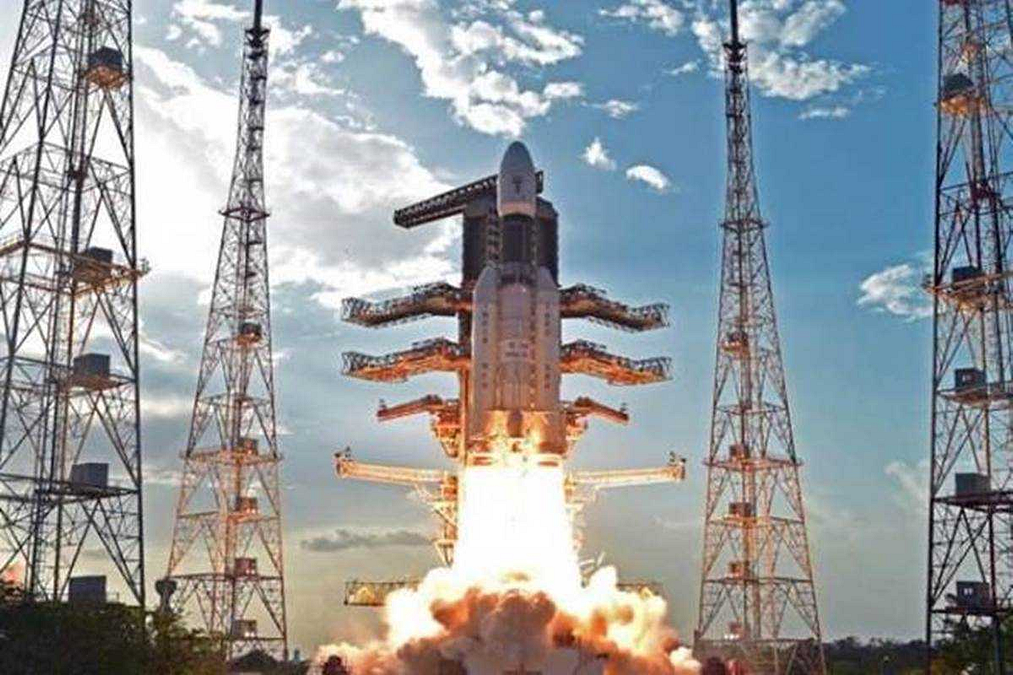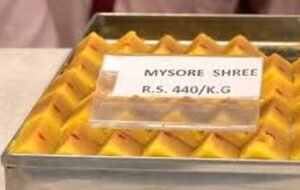
Gaganyaan Mission Nears Reality: India’s Human Spaceflight Dream Takes Flight
ISRO’s First Uncrewed Launch Planned for 2025; Crewed Mission Targeted for 2027
CLAT Current Affairs 2026 | Science & Tech | ISRO Achievements | National Pride
best online coaching for CLAT, online coaching for CLAT, CLAT current affairs 2026, Gaganyaan mission, ISRO human spaceflight, Indian space law, Indian space station
Why in News?
India’s premier space agency, the Indian Space Research Organisation (ISRO), has announced that it is almost ready for the first uncrewed flight under its Gaganyaan human spaceflight programme. The mission, initially proposed by Prime Minister Narendra Modi in 2018, will send Indian astronauts (Gagannauts) into low-earth orbit on an indigenous spacecraft.
ISRO Chairman S. Naryanan stated that the first uncrewed mission (G1) is expected to take off in the last quarter of 2025, while the crewed mission will likely be launched by early 2027. This would make India the fourth nation after the US, Russia, and China to send humans into space using domestic technology.
Point-wise Summary for CLAT Aspirants
About the Gaganyaan Mission
- What is Gaganyaan?
- Gaganyaan is India’s first indigenous human spaceflight mission.
- Involves three missions: two uncrewed (G1 & G2) and one crewed (G3).
- The human mission will send three astronauts to 400 km orbit for 3 days, returning safely to Earth.
- Mission Progress Update
- 90-95% work on components is complete.
- Over 7200 tests have been successfully conducted.
- First uncrewed mission (G1) set for late 2025; G3 (crewed) for 2027.
- Humanoid Robot Vyommitra
- Uncrewed missions will use a half-humanoid robot called Vyommitra.
- She will simulate human conditions and test the environment before human astronauts are sent.
- Vehicle and Module Readiness
- Escape system, crew module, service module, and environmental support systems are ready or in final stages.
- India has developed its own launch vehicle (LVM-3) for the programme.
- International Collaboration
- India has partnered with NASA (USA) and AXIOM-4 mission to conduct preparatory experiments on the International Space Station (ISS).
- These experiments simulate human physiological changes in space.
Related: Indian Space Station Project – Bharatiya Antariksh Station (BAS)
- India’s Own Space Station
- Called Bharatiya Antariksh Station (BAS).
- Proposed to be launched in 2028, fully operational by 2035.
- Assembly will begin in 2028 with 3 modules.
- Structure & Timeline
- Unlike ISS, BAS will be smaller and developed solely by India.
- Will have 5 different modules and sustain human presence for weeks.
Scientific and Technological Experiments
- AXIOM-4 Experiments
- Studying cell growth, microbial responses, and plant adaptation in microgravity.
- Focus on cyanobacteria to produce oxygen for self-sustaining life support systems.
- Experiments on cowpea growth, seed germination, and biofuel-producing microbes.
- ISRO’s Focus Areas for Gaganyaan:
- Space docking capability (successfully demonstrated via SPADEX).
- Life support and safety protocols.
- Human health in space, including impacts on metabolism and cognition.
Budget and Investment
- Total Cost:
- Gaganyaan mission development has already cost approx. ₹4,000 crore.
- ISRO has received ₹550 crore this year for associated research.
- Economic Impact:
- Union Minister Jitendra Singh says the space sector is projected to grow 5x to become a USD 44 billion industry in the next 8 years.
Notes & Terminologies (CLAT-Style Glossary)
Term | Explanation |
Gaganyaan | India’s first human spaceflight programme led by ISRO. |
Vyommitra | A female humanoid robot developed by ISRO to mimic astronaut responses. |
LVM-3 | Launch Vehicle Mark-3, India’s heavy-lift rocket used for crew missions. |
SPADEX | Space Docking Experiment by ISRO to test autonomous docking between spacecraft. |
BAS (Bharatiya Antariksh Station) | India’s upcoming indigenous space station. |
Microgravity | The condition of near-weightlessness experienced in orbit, ideal for biological research. |
AXIOM-4 Mission | NASA and private US company’s mission including Indian astronauts aboard the ISS. |
Escape System | Mechanism for ejecting astronauts safely in case of rocket failure. |
CLAT 2026 Relevance: Why Aspirants Must Follow This
- Legal Reasoning and Science Policy
- The mission highlights national technology capabilities, potentially linking to space law, sovereignty in space, and international treaties like the Outer Space Treaty (OST), 1967.
- Current Affairs
- One of the most significant science and tech achievements.
- Could feature as a GK question or passage-based analysis in CLAT 2026.
- Reading Comprehension
- Suitable for passages focusing on public investment in science, ethics in space research, or technology as national pride.
Legal and Strategic Significance of Gaganyaan
- International Law and Sovereignty in Space
- India remains a signatory to OST, 1967, which prohibits militarization of space.
- However, Gaganyaan boosts India’s strategic autonomy in near-space.
- Space Law and Regulation in India
- No dedicated space law yet; India currently uses SATCOM and Remote Sensing Guidelines.
- A comprehensive Space Activities Bill has been in draft stages since 2017.
- Gaganyaan adds urgency to codify private-public partnerships in aerospace.
- Scientific Sovereignty
- Ability to send humans into space signals that India is no longer dependent on foreign launches (unlike when Rakesh Sharma went to space via Soviet mission in 1984).
CLAT Practice-Based Inference Questions
- Which organisation is behind India’s human spaceflight mission?
- Indian Space Research Organisation (ISRO)
- What is Vyommitra?
- A humanoid robot for simulating astronaut conditions during uncrewed missions.
- Which treaty regulates peaceful use of outer space?
- Outer Space Treaty, 1967
- What is the full form of BAS?
- Bharatiya Antariksh Station
- Why is microgravity research conducted in space stations?
- To study biological and chemical reactions in a zero-gravity environment.
Conclusion
The Gaganyaan mission is more than just a technological feat — it is a symbol of India’s rising space capabilities, scientific innovation, and national ambition. With the first uncrewed launch set for late 2025 and a crewed mission planned by 2027, India is poised to join an elite league of human spaceflight nations.
For CLAT aspirants, this topic represents an important convergence of science, law, ethics, and international diplomacy — perfect for Legal Reasoning, GK, and Reading Comprehension. As the space sector opens up for private participation, understanding these missions will be crucial for law students of the future.







